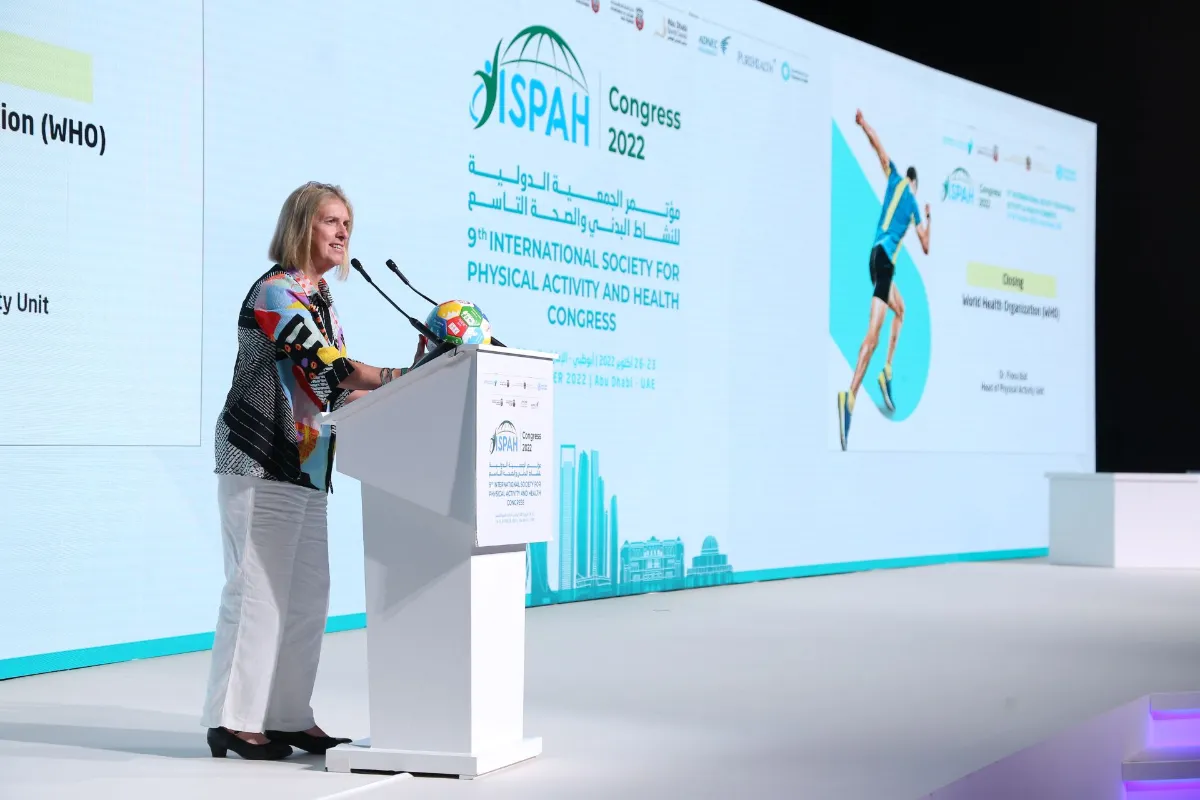
Welcome to the
International Society for Physical Activity and Health
Lets get started
Join Us
Become a member of ISPAH today and enjoy a range of exclusive benefits
About Us
Find out about our vision, mission, aim, our bylaws and how our society operates
Councils & Networks
Read more about the selection of councils and how you can become involved
Resources
Access ISPAH’s key resources, exclusive webinars and monthly newsletter

About ISPAH
An international society for those interested in advancing the science and practise of physical activity and health
ISPAH is a global community dedicated to advancing the science and practice of physical activity and health. As the leading voice in this field, ISPAH connects researchers, practitioners, and policymakers to inspire impactful change worldwide.
Featured Resource
ISPAH’s Eight Investments That Work for Physical Activity | #8Investments
A call to action for everyone, everywhere—professionals, academics, civil society, and decision-makers—to prioritise and integrate physical activity into national and local policies, driving health and wellbeing for all.


Publication
Journal of Physical Activity and Health | JPAH
Join ISPAH and get 100% access to all JPAH Articles. $1000 USD discount on free access publications
Latest News
-
Honouring Indigenous Youth Through Land and Water Wellness
This World Indigenous Peoples Day, celebrate culture-driven physical activity that is community-led What is it about? Indigenous Peoples are the leaders of wholistic health and well-being by being active on the land and water. In celebration of World Indigenous Peoples Day, we share the ShQUooz…
3 minutes read
-

Movement Is Medicine: Ignite Health Through Everyday Activity
A roadmap of simple, research‑proven activities to prevent chronic disease and strengthen recovery for lifelong wellness. Why Movement Is Medicine Physical inactivity is one of the leading silent drivers of the global chronic disease burden. According to the World Health Organization it contributes to over…
3 minutes read -

Complex systems to understand injuries in runners
What is it about? The health benefits of running are well established, but the high incidence of injuries remains an important challenge. How can we better address this issue? Running-related injuries (RRI) and current limitations RRI prevalence ranges from 10.9% to 74%, with direct and…
4 minutes read -

Women in Motion: Canoeing and Physical Teleconditioning after Breast Cancer
Hybrid University Extension Program promotes access to canoeing and online physical exercise for women after breast cancer What is it about? The Remama Program was established in 2013, as an initiative led by a physiatrist from the Cancer Institute of the state of São Paulo,…
5 minutes read




